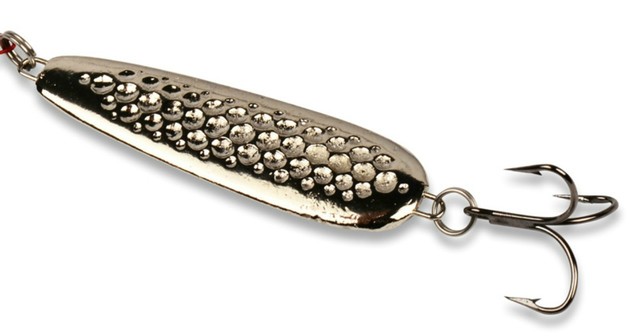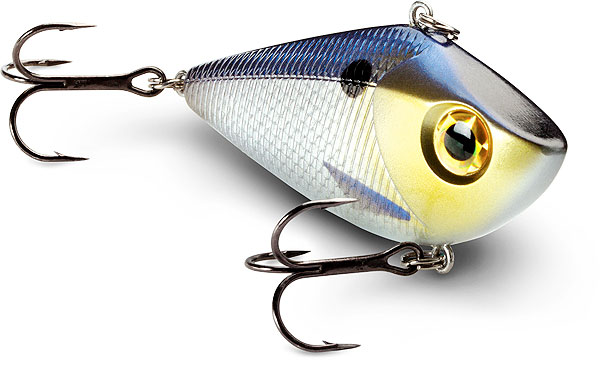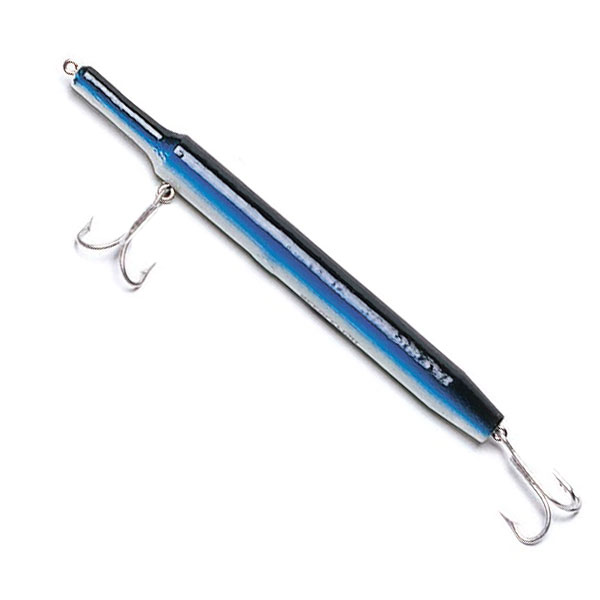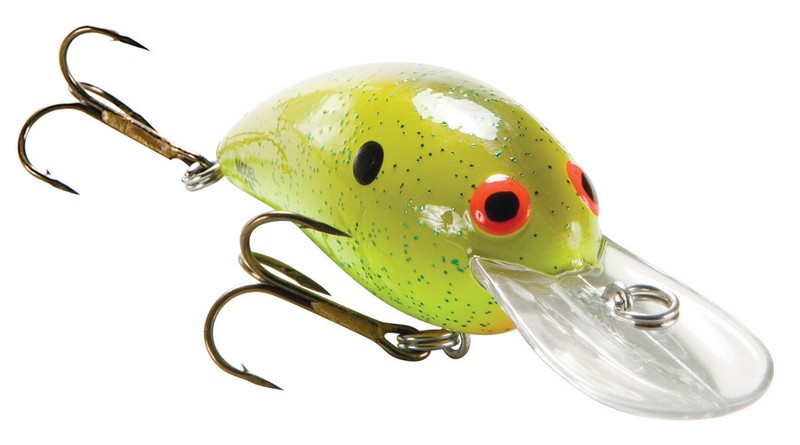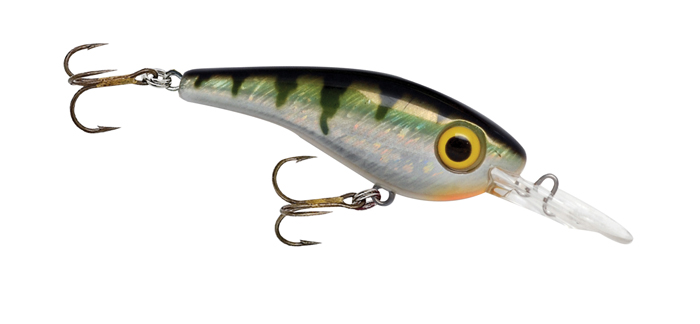December Saltwater Lure of the Month
Boone Sundance Popper
Over 70 years ago, a young boy in Charleston, South Carolina received a fly-tying kit from his parents. This boy, Don Boone, had a natural gift for fly tying and was tying beautiful flies by the age of 12. His father and his father’s friends loved his flies and would pay him small sums to make them flies for their fishing trips. The more word spread, the more flies young Don would make. And so, at the ripe age of 15, a business was born.
In 1953, Don moved to Florida and formed the Boone Bait Company. He joined forces with his wife Vera and his friends Joseph and Arlyne Showalter, with both couples taking equal shares in the company. Their first factory was an airport hanger on Highway 50 at a small airport in Orlando. The company quickly grew and became appealing to a businessman named Peter Foley from Norwalk, Connecticut who purchased the company and continues to be the president today. Boone lures are now available in more than 65 countries and hold the distinction of being the first lure company to produce soft plastic baits.
The Boone Sundance Popper is one of Boone’s most popular saltwater poppers today. When worked through the water, it looks like a strobe light because of the mirrors on the body. Thru-wire attached to two triple strength Mustad hooks. The flash from the mirrors triggers the feeding instinct of game fish. The lure is made of solid space-age plastic that will not absorb water and has a stainless steel wire frame. Attached to the frame are added action and color. A Killer lure for Striped Bass.
Join the Fun at www.FishingEnthusiast.com!





